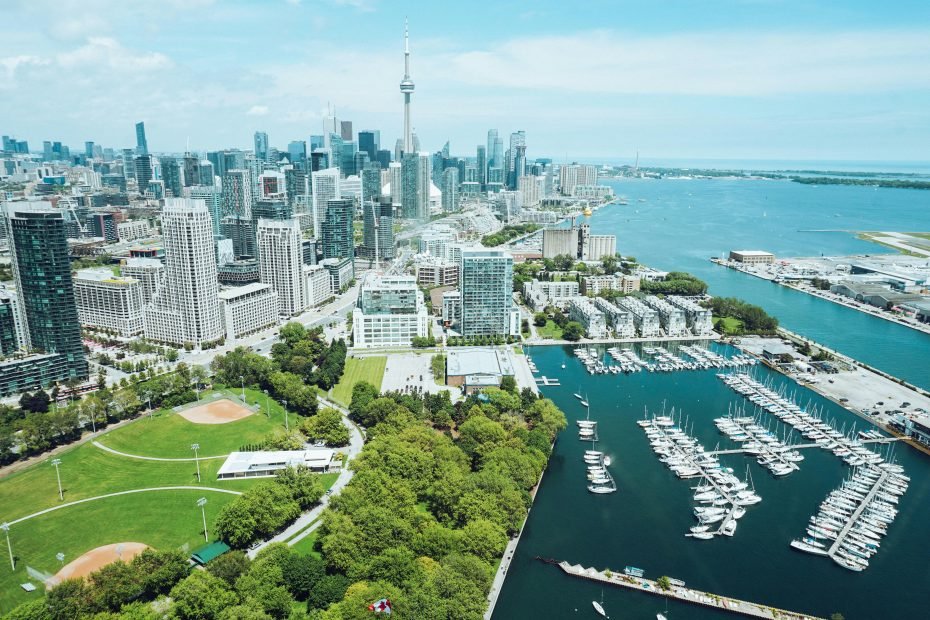Urban planning and development are crucial for shaping the cities of tomorrow. As populations grow and environmental concerns escalate, the need for innovative and sustainable urban solutions becomes increasingly urgent. This article explores emerging trends in urban planning and development that aim to create more livable, resilient, and sustainable cities.
Sustainable Urban Design
Sustainable urban design focuses on minimizing environmental impact while enhancing the quality of life for city dwellers. This trend emphasizes the use of eco-friendly materials, energy-efficient buildings, and renewable energy sources. Green building certifications and standards are becoming more prevalent, guiding architects and planners toward sustainable practices. Incorporating green roofs, vertical gardens, and urban farming are ways to integrate nature into urban environments, promoting biodiversity and improving air quality.
Smart Cities and Technology Integration
The rise of smart cities represents a significant shift in urban planning. Smart cities utilize advanced technologies, such as the Internet of Things (IoT), artificial intelligence (AI), and big data, to enhance urban living. These technologies enable better management of resources, improved public services, and increased connectivity. For example, smart traffic management systems can reduce congestion and pollution, while smart grids optimize energy consumption. The integration of technology in urban planning aims to create more efficient, responsive, and adaptive cities.
Mixed-Use Developments
Mixed-use developments are becoming increasingly popular as they combine residential, commercial, and recreational spaces into a single area. This trend promotes walkability, reduces the need for long commutes, and fosters vibrant, diverse communities. By creating multi-functional spaces, cities can better utilize land resources and support local economies. Mixed-use developments also encourage social interaction and create a sense of community.
Resilient Infrastructure
Climate change and natural disasters pose significant challenges to urban areas. Resilient infrastructure aims to withstand and adapt to these threats, ensuring the safety and continuity of urban functions. This includes designing buildings and infrastructure that can resist extreme weather events, implementing flood management systems, and developing emergency response strategies. Resilient urban planning also involves creating flexible spaces that can be repurposed in response to changing needs and conditions.
Public Transportation and Mobility Solutions
Efficient public transportation is essential for reducing urban congestion and minimizing environmental impact. Future urban planning emphasizes the development of integrated, multi-modal transportation systems that combine buses, trains, bicycles, and pedestrian pathways. Innovations such as autonomous vehicles and electric public transit options are also being explored to enhance mobility and reduce emissions. Encouraging the use of public transport and alternative mobility solutions can lead to more sustainable and accessible urban environments.
Affordable Housing
As urban populations grow, the demand for affordable housing becomes more critical. Future urban planning aims to address this issue by promoting inclusive housing policies and innovative construction methods. Modular and prefabricated housing offer cost-effective and scalable solutions to meet the increasing housing demand. Additionally, policies that encourage mixed-income communities and prevent gentrification are essential for creating equitable urban areas where all residents can thrive.
Community Engagement and Participatory Planning
Engaging communities in the urban planning process is vital for creating spaces that reflect the needs and desires of residents. Participatory planning involves collaborating with local communities to gather input, share ideas, and co-create solutions. This approach ensures that urban development projects are inclusive and considerate of diverse perspectives. By fostering a sense of ownership and involvement, cities can build stronger, more connected communities.
Green and Blue Infrastructure
Green and blue infrastructure refers to the integration of natural elements, such as parks, green corridors, and water bodies, into urban areas. This approach enhances urban resilience, promotes biodiversity, and improves the well-being of residents. Green spaces provide recreational opportunities, reduce urban heat islands, and enhance air quality. Blue infrastructure, such as rivers, lakes, and wetlands, supports water management and creates habitats for aquatic life. Incorporating green and blue infrastructure into urban planning contributes to the overall sustainability and livability of cities.
Urban Agriculture and Food Security
Urban agriculture is gaining traction as a means to enhance food security, reduce food miles, and promote sustainable living. Rooftop gardens, vertical farming, and community gardens are examples of how urban areas can produce food locally. This trend not only provides fresh produce to city dwellers but also educates communities about sustainable farming practices. Urban agriculture can transform underutilized spaces into productive areas, contributing to the overall health and resilience of cities.
Adaptive Reuse and Preservation
Adaptive reuse involves repurposing existing buildings and structures for new uses, preserving historical and cultural heritage while meeting modern needs. This trend promotes sustainability by reducing the need for new construction and minimizing waste. Adaptive reuse can breathe new life into old buildings, creating unique spaces for residential, commercial, or cultural purposes. Preservation of historical sites and architecture also adds to the cultural richness and identity of urban areas.
Conclusion
The future of urban planning and development is centered on creating sustainable, resilient, and inclusive cities. By embracing trends such as sustainable design, smart technologies, mixed-use developments, and resilient infrastructure, urban planners can address the challenges of growing populations and environmental concerns. Community engagement, green and blue infrastructure, urban agriculture, and adaptive reuse further contribute to the creation of vibrant, livable urban environments. As cities continue to evolve, innovative and forward-thinking approaches to urban planning will be essential for building the cities of the future.
For more on INJ Architects:
